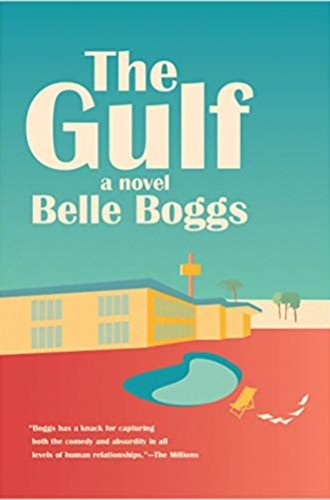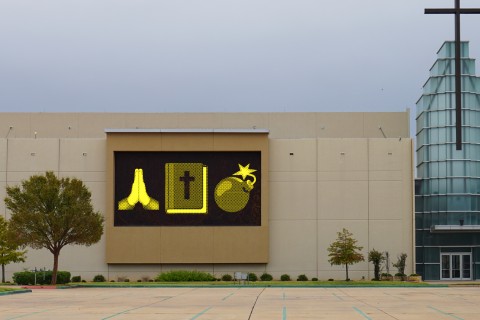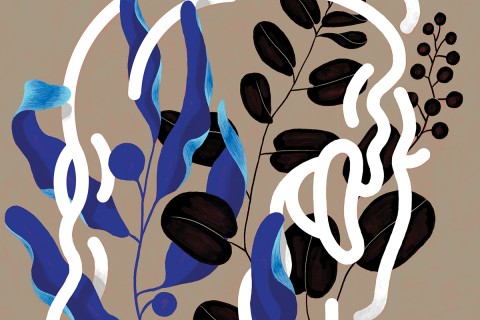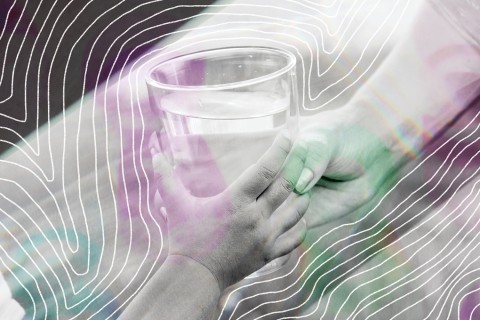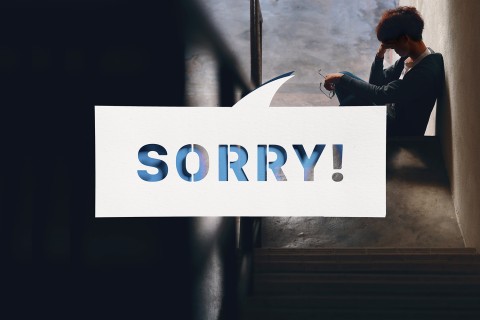In The Art of Waiting, Belle Boggs captures a stretch of time in her life when she struggled with infertility. Although the essays in the book range far beyond the purview of Boggs’s own life (from biological studies to cultural criticism), the most moving portions depict Boggs’s conflicting waves of emotion as she waits to find out the ending to this particular portion of her story.
Boggs’s novel opens with a protagonist who is also in a state of perpetual waiting. But Marianne Rogers’s personal purgatory is mostly her own invention.
Ever since finishing her MFA in poetry, Marianne has pursued the life of an artist: she teaches enough to (barely) sustain a life in Brooklyn and spends most of her free time Skyping with her ex-fiancé-turned-best-friend, who has taken a teaching job in Dubai. She’s working (but not really working) on a poetry manuscript entitled “The Ugly Bear List,” a poetic litany of her favorite foes: climate change deniers, Big Tobacco, racists, the NRA, and so on. Grieving the loss of her mother and her growing estrangement from her sister, Marianne is sleepwalking through a life she has chosen but doesn’t much seem to enjoy.


